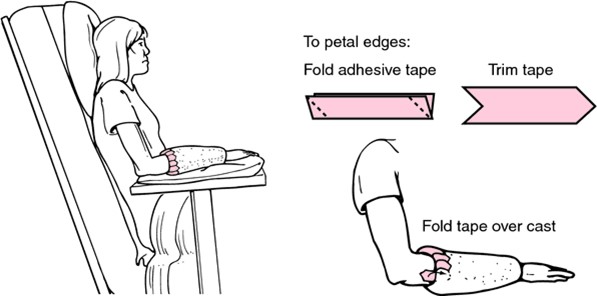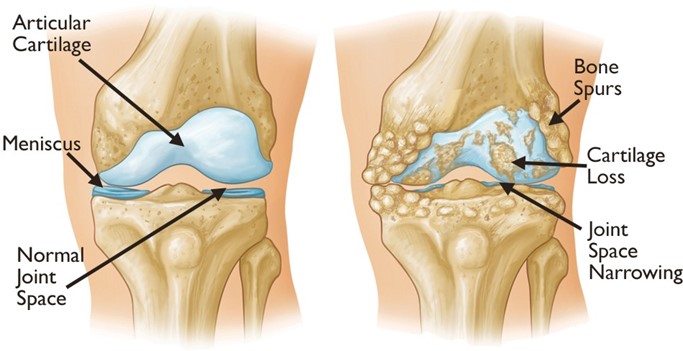A nurse is caring for a client who has a spinal cord injury. The nurse suspects that the client has autonomic dysreflexia. Which of the following actions should the nurse take first?
Raise the head of the bed.
Check the client for a fecal impaction.
Check the client's bladder for distention.
Ensure the room temperature is warm.
The Correct Answer is A
If a nurse is caring for a client who has a spinal cord injury and suspects that the client has autonomic dysreflexia, the first action the nurse should take is to raise the head of the bed. This can help to lower the client's blood pressure and reduce the risk of complications such as stroke.
b. Checking the client for a fecal impaction is an important step in identifying and treating the underlying cause of autonomic dysreflexia, but it is not the first action the nurse should take.
c. Checking the client's bladder for distention is an important step in identifying and treating the underlying cause of autonomic dysreflexia, but it is not the first action the nurse should take.
d. Ensuring that the room temperature is warm is not a priority intervention for a client who has autonomic dysreflexia.
Nursing Test Bank
Naxlex Comprehensive Predictor Exams
Related Questions
Correct Answer is B
Explanation
If a client reports skin irritation around the upper edge of a lower-leg cast, the nurse should petal the edges of the cast. This involves applying adhesive strips or moleskin around the edges of the cast to smooth them out and prevent them from rubbing against the skin.
a. Suggesting that the client use a blunt object such as a comb to relieve the itch is not recommended as it can cause further irritation or damage to the skin.
c. Telling the client to apply lotion to the irritated skin is not recommended as it can cause further irritation or damage to the skin and may also damage the cast.
d. Bivalving the cast is not necessary for skin irritation around the upper edge of the cast. Bivalving involves cutting the cast in half to relieve pressure and is typically only done in cases of severe swelling or compartment syndrome.

Correct Answer is C
Explanation
The nurse should anticipate that the provider will initially prescribe acetaminophen to the client who has a new diagnosis of osteoarthritis. Acetaminophen (Tylenol, others) has been shown to help some people with osteoarthritis who have mild to moderate pain². It is often used as a first-line treatment for osteoarthritis pain.
a. Hyaluronic acid is not typically the first medication prescribed for osteoarthritis.
b. Ibuprofen may be prescribed for osteoarthritis but is not typically the first medication prescribed.
d. Celecoxib may be prescribed for osteoarthritis but is not typically the first medication prescribed.

Whether you are a student looking to ace your exams or a practicing nurse seeking to enhance your expertise , our nursing education contents will empower you with the confidence and competence to make a difference in the lives of patients and become a respected leader in the healthcare field.
Visit Naxlex, invest in your future and unlock endless possibilities with our unparalleled nursing education contents today
Report Wrong Answer on the Current Question
Do you disagree with the answer? If yes, what is your expected answer? Explain.
Kindly be descriptive with the issue you are facing.
